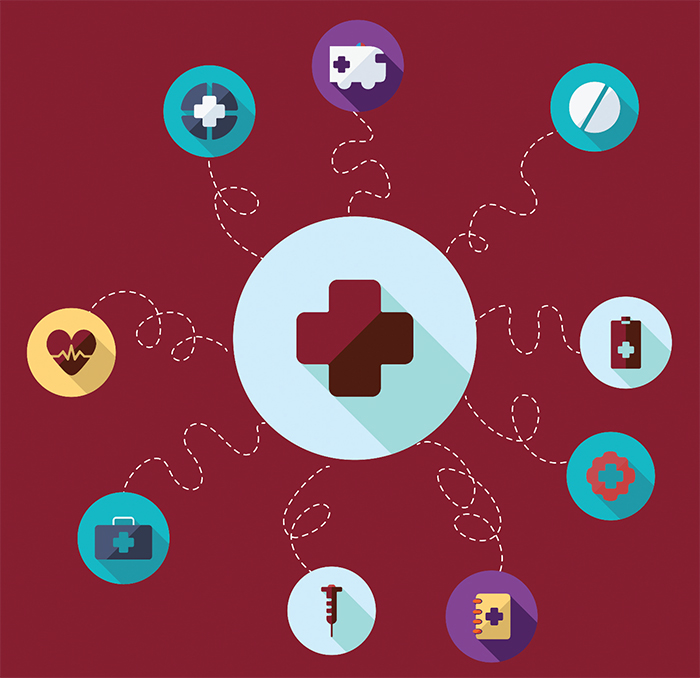Views

How to meet the needs of an internet-savvy population?
In Views
Bookmark
Record learning outcomes
 Mike Smith puts the world to rights…
Mike Smith puts the world to rights…
The latest statistics for Accident and Emergency admissions in England make miserable reading for anyone whose professional aim is to reduce avoidable use of secondary care. In the year to June 2014, there were more than 18 million A&E attendances, of which only 21 per cent resulted in admission to hospital. Of the remaining majority, 3.7 million (19.8 per cent) resulted in a GP follow-up. But by far the largest group – 7.1 million (38 per cent) – were discharged with no follow-up.
So, where were all the community-based healthcare professionals when those 7.1 million people decided they needed some medical advice?
It’s easy to presume that these consultations are the result of a worried parent woken up in the middle of the night with a feverish child – and of course, some of the time, this will be a correct assumption to make. But, worryingly, research presented at this year’s Pharmacy Show reveals that most A&E visits are made during the day, when pharmacies are open, and that the visits were made by people not just with young children, but also by those aged between 25 and 35 years old. Of those visits, a significant proportion was for minor ailments, including colds and flu, ear infections, cuts, bruises, thrush and cystitis.
The NHS and its industry partners do their best to encourage people to make better use of NHS resources, but education – or re-education – takes time. As we all know from our experience with smoking cessation, a lot of support is needed and there will still be many failed attempts before behaviour can be successfully changed.
One of the greatest strengths of the community pharmacy network is said to be its accessibility, but I question whether the contract and regulations that define our current model of community pharmacy have actually kept up with changing public attitudes to accessibility. Think, for example, how the internet has changed many people’s habits when it comes to Christmas shopping. When we define community pharmacy around a model, the location and operating hours of which are based on regulation and politics rather than on consumer demand, we must surely ask ourselves whether we are really catering for the needs of today’s internetsavvy population.
Proposed limitations on the number of pharmacy students were recently scuppered by the government, and this has left community pharmacy wondering how this excess supply of community pharmacy professionals will be employed. There are only so many community pharmacies after all.
But, with the A&E figures the way they are, combined with the ageing population and all their complex and chronic comorbidities, I believe there is, actually, a huge, increasing, demand for the accessible, patient-friendly advice that is a signature characteristic of the modern community pharmacy professional. But, the problem is that we are trying to force this demand into a bricks and mortar model of community pharmacy that not everybody wants to use.
Pharmacies in the community can, of course, provide services that will help to solve the A&E crisis, as well as provide employment to accommodate the likely future surplus supply of pharmacy professionals. But we may need to further adapt the current bricks and mortar model of community pharmacy to be able to achieve this fully. Perhaps one solution is to develop a more peripatetic workforce model that delivers vital care and advice – but where and when the population wants it. The problem then is how to achieve the contractual and regulatory infrastructure to enable that.
Mike Smith is chairman of Alliance Healthcare, mike.h.smith@alliance-healthcare.co.uk
